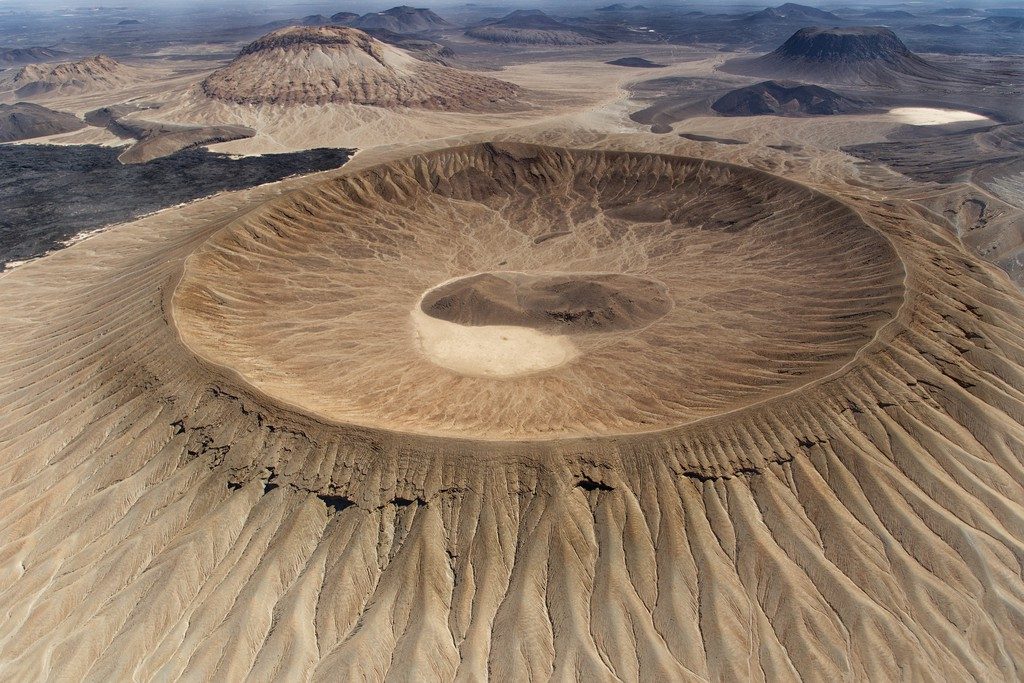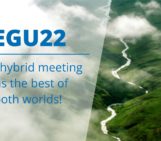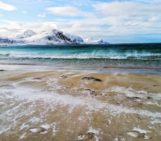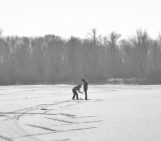The selection committee received over 600 photos for this year’s EGU Photo Contest, covering fields across the geosciences. Participants at the 2018 General Assembly have been voting for their favourites throughout the week of the conference and there are three clear winners. Congratulations to 2018’s fantastic photographers!
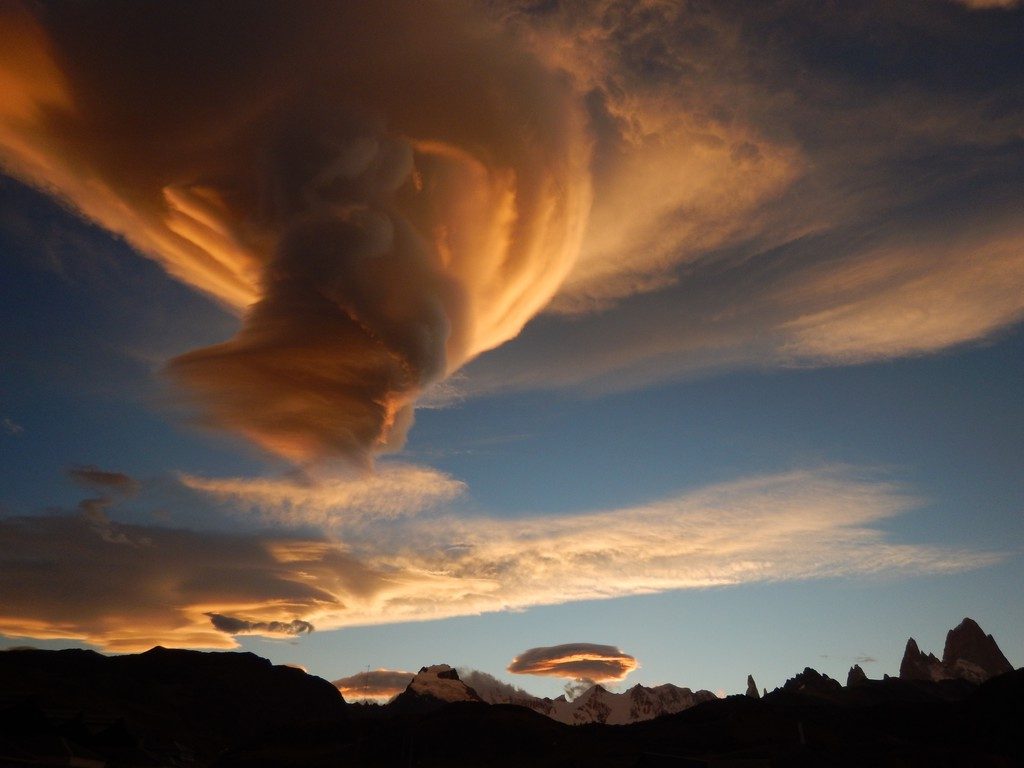 ‘Foehn clouds in Patagonia,’ by Christoph Mayr (distributed via imaggeo.egu.eu). A stationary cloud formed on the lee side of Mount Fitzroy. It evolved from a lenticular cloud (Altocumulus lenticularis) and turned into a funnel-shaped cloud during sunset when the photo was taken.
‘Foehn clouds in Patagonia,’ by Christoph Mayr (distributed via imaggeo.egu.eu). A stationary cloud formed on the lee side of Mount Fitzroy. It evolved from a lenticular cloud (Altocumulus lenticularis) and turned into a funnel-shaped cloud during sunset when the photo was taken.
‘Jebel Bayda (White Mountain),’ by Luigi Vigliotti (distributed via imaggeo.egu.eu). An aerial view of the Jebel Bayda, a white volcano created by silica-rich lava (comendite) in the Khaybar region. The flank of the volcano was shaped by rain in the region during the first half of the Holocene.
 ‘Remains of a former ocean floor,’ by Jana Eichel (distributed via imaggeo.egu.eu). These limestone boulders characterise the landscape of Castle Hill Basin in New Zealand’s Southern Alps. The Pacific Plate collided with the Australian Plate during the Kaikoura Orogeny 25 million years ago, giving birth not only to the Southern Alps but also lifting up thick limestone beds formed in shallow ocean water.
‘Remains of a former ocean floor,’ by Jana Eichel (distributed via imaggeo.egu.eu). These limestone boulders characterise the landscape of Castle Hill Basin in New Zealand’s Southern Alps. The Pacific Plate collided with the Australian Plate during the Kaikoura Orogeny 25 million years ago, giving birth not only to the Southern Alps but also lifting up thick limestone beds formed in shallow ocean water.
Imaggeo is the EGU’s online open access geosciences image repository. All geoscientists (and others) can submittheir photographs and videos to this repository and, since it is open access, these images can be used for free by scientists for their presentations or publications, by educators and the general public, and some images can even be used freely for commercial purposes. Photographers also retain full rights of use, as Imaggeo images are licensed and distributed by the EGU under a Creative Commons licence. Submit your photos at http://imaggeo.egu.eu/upload/.

